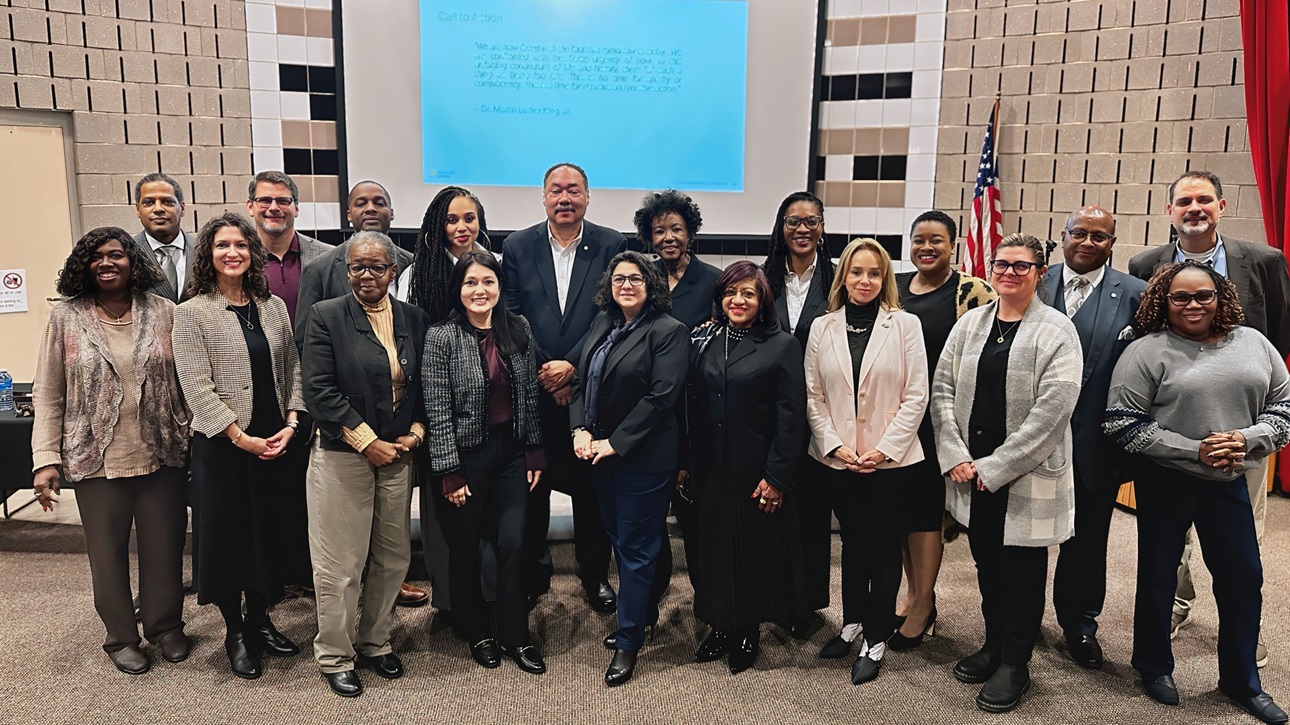- English
- 中文 (Chinese)
- Français (French)
- Deutsch (German)
- 日本語 (Japanese)
- Español (Spanish)
ニューヨーク州バッファロー
ジェファーソン・アベニュー・コリドー・リバイタライゼーション
ジェファーソン・アベニューの回廊は、かつては黒人のビジネス地区と多目的都市地区として繁栄していました。 ここ数十年で、劇場、黒人経営の企業、住宅は、事業投資の深刻な減少と住民の貧困レベルの上昇に苦しんでいます。 さらに、2022年5月14日、ジェファーソン・アベニューにあるトップス地区のスーパーマーケットで男が発砲し、アフリカ系アメリカ人の家族からなるこの緊密なコミュニティは、言葉では言い表せない悲劇に見舞われた。 市全体がこの悲劇の余波に取り組む中、バッファローのイーストサイドコミュニティの回復力を思い出すために過去を調査することがこれまで以上に重要になっています。
NAACPのバッファロー支部は、バッファロー・アーバン・リーグと提携し、バッファロー市、地方組織委員会(LOC)、コミュニティの利害関係者、およびULI WNY地域サテライト地区カウンシルの支援を受けて、ULIにアドバイザリー・サービス・パネルを招集して、ジェファーソン・アベニューを活性化するための枠組みについてコミュニティ主導の推奨事項を提供するよう要請しました。 具体的には、ULIアドバイザリー・サービス・パネルは、回廊の市場と開発の可能性、活性化に対する潜在的な障害、物理的インフラのニーズ、商業開発をサポートするために周辺地域を強化するための戦略とツール、潜在的な触媒作用またはプロジェクト、公平な開発に関する質問に対処するよう求められましたアプローチ、回廊の文化と歴史を保存する方法、公共投資の機会、活性化の推奨事項を実施するのに役立つ組織構造など。
住民や事業主を含む地元の利害関係者との会話やインタビューでは、パネルが主題に関する推奨事項の基礎として使用した3つの包括的なテーマが浮き彫りになりました。
- 戦略的接続性: 既存の都市投資を地域の影響にまとまりのある方法で構築し、これらの投資を活用して利害関係者と戦略的にコミュニケーションを取ります。 見過ごされていたかもしれない協調的な取り組みを示す、コミュニケーションへの総合的なアプローチを開発します。
- 戦略的リーダーシップ: すべてのオールが同じ方向に漕ぎ、計画プロセスの上下にコミュニケーションを取りながら、協力してリードします。 これにより、地域に根ざした組織間および組織間の調整と、官民、慈善パートナーとの協力の重要性が高まります。 近隣のニーズを中心とした公平な開発に焦点を当て、コミュニティへの悪影響を意図的に軽減します。
- 戦略的コミュニケーション: ジェファーソン アベニューへの投資の社会的、文化的、経済的側面を優先し、コミュニティが参加できるようにして、より効果的なコミュニケーションを促進し、信頼を築きます。
このパネルでは、コミュニティインフラ、物理的インフラ、市場と開発、経済的開発、事業の維持、拡大と誘致、中小企業の発展、文化的なプレイスメイキングの分野において、幅広い提言が行われました。
ジェファーソン・アベニューの回廊は、かつては黒人のビジネス地区と多目的都市地区として繁栄していました。 ここ数十年で、劇場、黒人経営の企業、住宅は、事業投資の深刻な減少と住民の貧困レベルの上昇に苦しんでいます。 さらに、2022年5月14日、ジェファーソン・アベニューにあるトップス地区のスーパーマーケットで男が発砲し、アフリカ系アメリカ人の家族からなるこの緊密なコミュニティは、言葉では言い表せない悲劇に見舞われた。 市全体がこの悲劇の余波に取り組む中、バッファローのイーストサイドコミュニティの回復力を思い出すために過去を調査することがこれまで以上に重要になっています。
NAACPのバッファロー支部は、バッファロー・アーバン・リーグと提携し、バッファロー市、地方組織委員会(LOC)、コミュニティの利害関係者、およびULI WNY地域サテライト地区カウンシルの支援を受けて、ULIにアドバイザリー・サービス・パネルを招集して、ジェファーソン・アベニューを活性化するための枠組みについてコミュニティ主導の推奨事項を提供するよう要請しました。 具体的には、ULIアドバイザリー・サービス・パネルは、回廊の市場と開発の可能性、活性化に対する潜在的な障害、物理的インフラのニーズ、商業開発をサポートするために周辺地域を強化するための戦略とツール、潜在的な触媒作用またはプロジェクト、公平な開発に関する質問に対処するよう求められましたアプローチ、回廊の文化と歴史を保存する方法、公共投資の機会、活性化の推奨事項を実施するのに役立つ組織構造など。
住民や事業主を含む地元の利害関係者との会話やインタビューでは、パネルが主題に関する推奨事項の基礎として使用した3つの包括的なテーマが浮き彫りになりました。
- 戦略的接続性: 既存の都市投資を地域の影響にまとまりのある方法で構築し、これらの投資を活用して利害関係者と戦略的にコミュニケーションを取ります。 見過ごされていたかもしれない協調的な取り組みを示す、コミュニケーションへの総合的なアプローチを開発します。
- 戦略的リーダーシップ: すべてのオールが同じ方向に漕ぎ、計画プロセスの上下にコミュニケーションを取りながら、協力してリードします。 これにより、地域に根ざした組織間および組織間の調整と、官民、慈善パートナーとの協力の重要性が高まります。 近隣のニーズを中心とした公平な開発に焦点を当て、コミュニティへの悪影響を意図的に軽減します。
- 戦略的コミュニケーション: ジェファーソン アベニューへの投資の社会的、文化的、経済的側面を優先し、コミュニティが参加できるようにして、より効果的なコミュニケーションを促進し、信頼を築きます。
このパネルでは、コミュニティインフラ、物理的インフラ、市場と開発、経済的開発、事業の維持、拡大と誘致、中小企業の発展、文化的なプレイスメイキングの分野において、幅広い提言が行われました。


